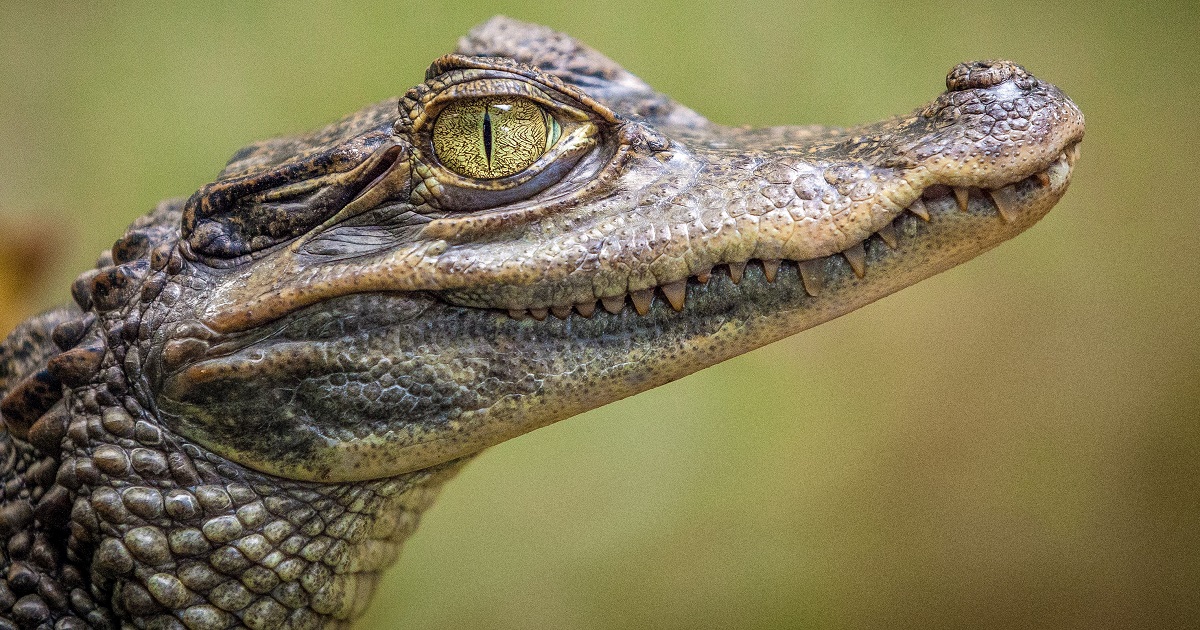- 3.5Impact Factor
- 7.4CiteScore
- 18 daysTime to First Decision
The Evolutionary History of Water-Dwelling Extinct and Extant Reptilia (including Birds) from Body Structure and Physiology to Behavior
This special issue belongs to the section “Zoology“.
Special Issue Information
Dear Colleagues,
Aquatic reptiles, represented by extinct and extant species, have become secondarily adapted to entirely or semiaquatic life in marine environments and freshwater. Some species, such as turtles and crocodilians, are able to survive in both environments and in water with highly variable salinity. Diverse lineages exploit these environments in different ways, mainly to find food and sexual partners. However, all species have to return to the terrestrial environment for reproduction. The existence of animals that inhabit aquatic environments results from the adaptation of many species’ body structure and physiology throughout their evolutionary history. In the course of evolution, many extinct species (i.e., ichthyosaurs and mosasaurs) disappeared under constraints produced by environmental changes, and only a small number of extant species (excluding birds) returned to aquatic habitats during their evolutionary history. Unfortunately, almost all of these extant species are under strong constraints due to human activity. The impact of humans on these animals has become greater over the last sixty years, despite the international efforts made to protect them, and many questions on the invasion of aquatic habitats with highly different properties (i.e., salinity, temperature, and food dispersion) remain unsolved. In this Special Issue, we wish to highlight a series of papers exploring how reptilian systems have adapted in order to understand the successful invasion of aquatic environments. We are especially interested in integrated processes of aquatic adaptation and physiology (e.g., pertaining to morphology, eco-morphology, ecology, behavioral ecology, phylogeny, and genetic and epigenetic factors) in various lineages of Reptilia to determine the complex evolutionary processes permitting some lineages to use aquatic habitats.
We will consider papers on (but not limited to) the following topics:
- Morphological and eco-morphological adaptations to aquatic environments in various lineages compared with those in terrestrial environments.
- Adaptive responses to various marine and freshwater habitats (physiology, biochemistry, functional morphology, biomechanics).
- The behavioral ecology of various lineages exploiting aquatic habitats (e.g., prey–predator interactions).
- Adaptations to estuarine habitats.
- The impact of human activities on aquatic reptiles (pollution and toxicity, the release of invasive species, the modification of habitats such as seashores, touristic activity, etc.)
- The modification of body structures and physiology.
- The modification of morphological designs (e.g., limbs, lungs, and skulls), physiological processes (e.g., ventilation), and functional and biomechanical characteristics (e.g., size and performance).
Prof. Dr. Vincent L. Bels
Guest Editor
Manuscript Submission Information
Manuscripts should be submitted online at www.mdpi.com by registering and logging in to this website. Once you are registered, click here to go to the submission form. Manuscripts can be submitted until the deadline. All submissions that pass pre-check are peer-reviewed. Accepted papers will be published continuously in the journal (as soon as accepted) and will be listed together on the special issue website. Research articles, review articles as well as short communications are invited. For planned papers, a title and short abstract (about 250 words) can be sent to the Editorial Office for assessment.
Submitted manuscripts should not have been published previously, nor be under consideration for publication elsewhere (except conference proceedings papers). All manuscripts are thoroughly refereed through a single-blind peer-review process. A guide for authors and other relevant information for submission of manuscripts is available on the Instructions for Authors page. Biology is an international peer-reviewed open access monthly journal published by MDPI.
Please visit the Instructions for Authors page before submitting a manuscript. The Article Processing Charge (APC) for publication in this open access journal is 2700 CHF (Swiss Francs). Submitted papers should be well formatted and use good English. Authors may use MDPI's English editing service prior to publication or during author revisions.
Keywords
- aquatic reptile
- evolutionary history
- body structure
- physiology
- extinct and extant species

Benefits of Publishing in a Special Issue
- Ease of navigation: Grouping papers by topic helps scholars navigate broad scope journals more efficiently.
- Greater discoverability: Special Issues support the reach and impact of scientific research. Articles in Special Issues are more discoverable and cited more frequently.
- Expansion of research network: Special Issues facilitate connections among authors, fostering scientific collaborations.
- External promotion: Articles in Special Issues are often promoted through the journal's social media, increasing their visibility.
- e-Book format: Special Issues with more than 10 articles can be published as dedicated e-books, ensuring wide and rapid dissemination.

